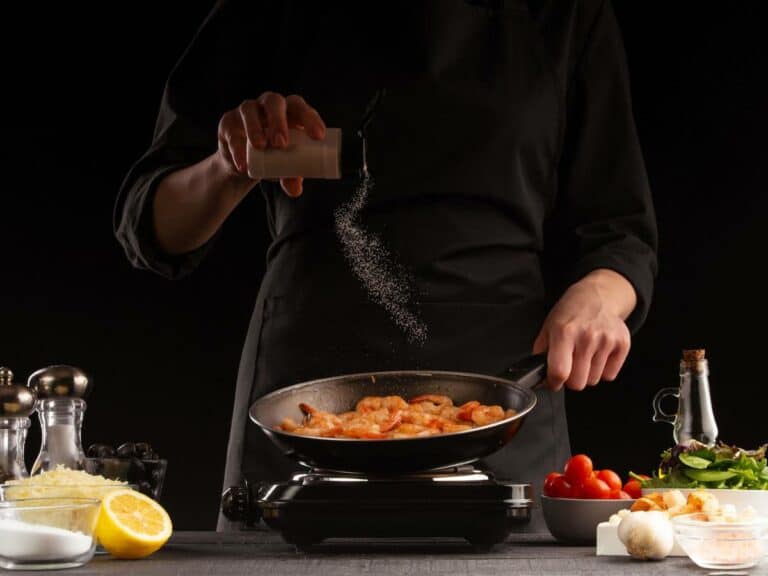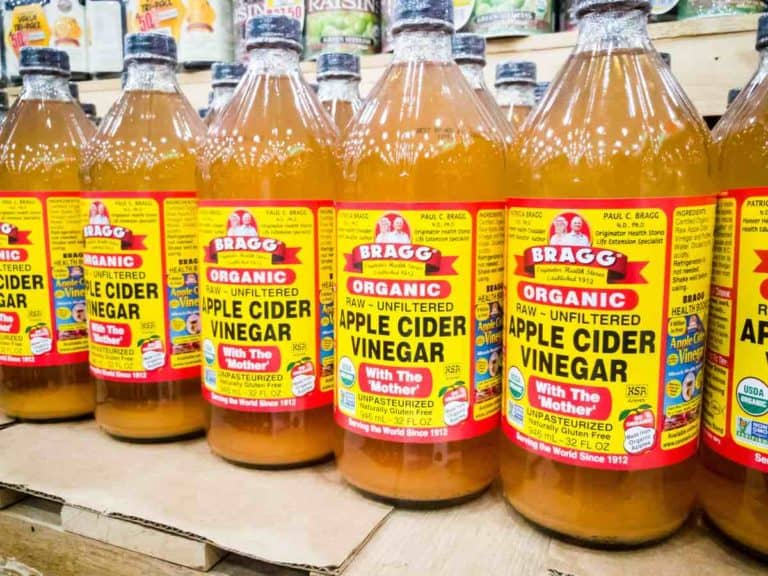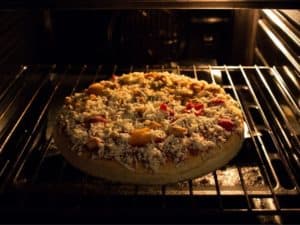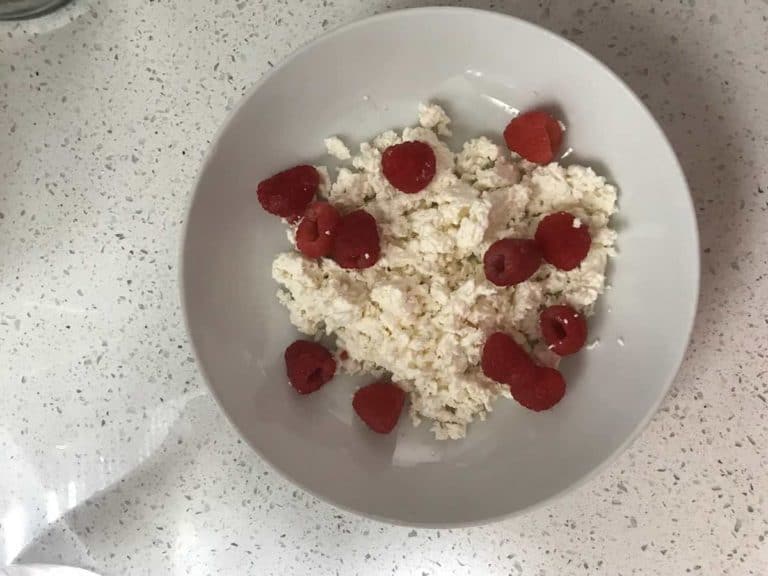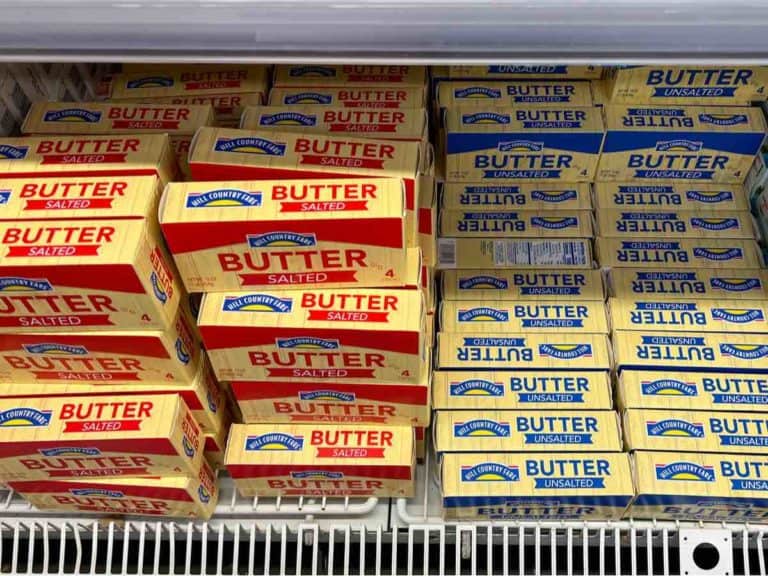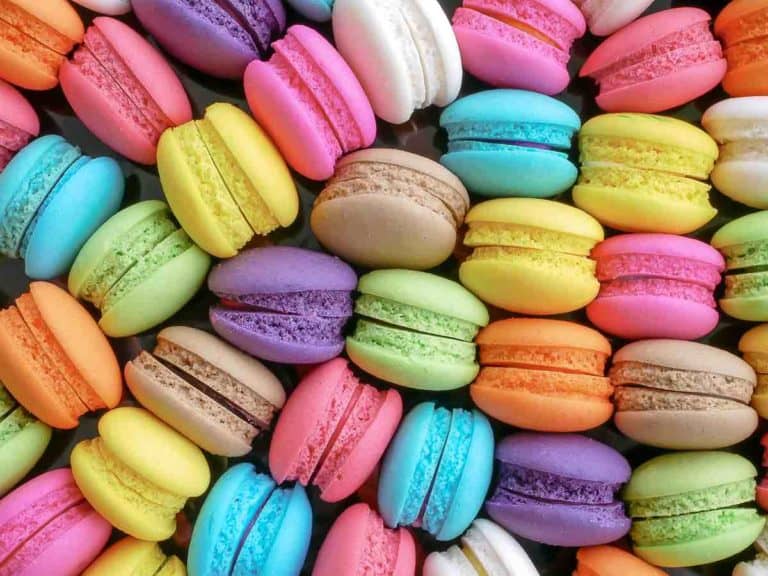Why Your Charcoal Grill is Not Getting Hot Enough
Charcoal grills can usually reach higher temperatures than gas and electric grills. That means you can easily reach searing temperatures. So you may be dumbfounded if your charcoal grill isn’t getting hot enough. Here, you can learn about what to do if your charcoal grill is not getting hot enough.
There are many reasons your charcoal grill is not getting hot enough. A common reason is an excess ash. The ashes can impede airflow inside the kettle. Fortunately, the fix is simple, and it’s to clean your grill. The charcoal may also be the reason your grill isn’t getting hot enough.
There are other reasons your charcoal grill isn’t getting enough. There are ways to know which reason is your problem and how to fix it. Keep reading below to find out.
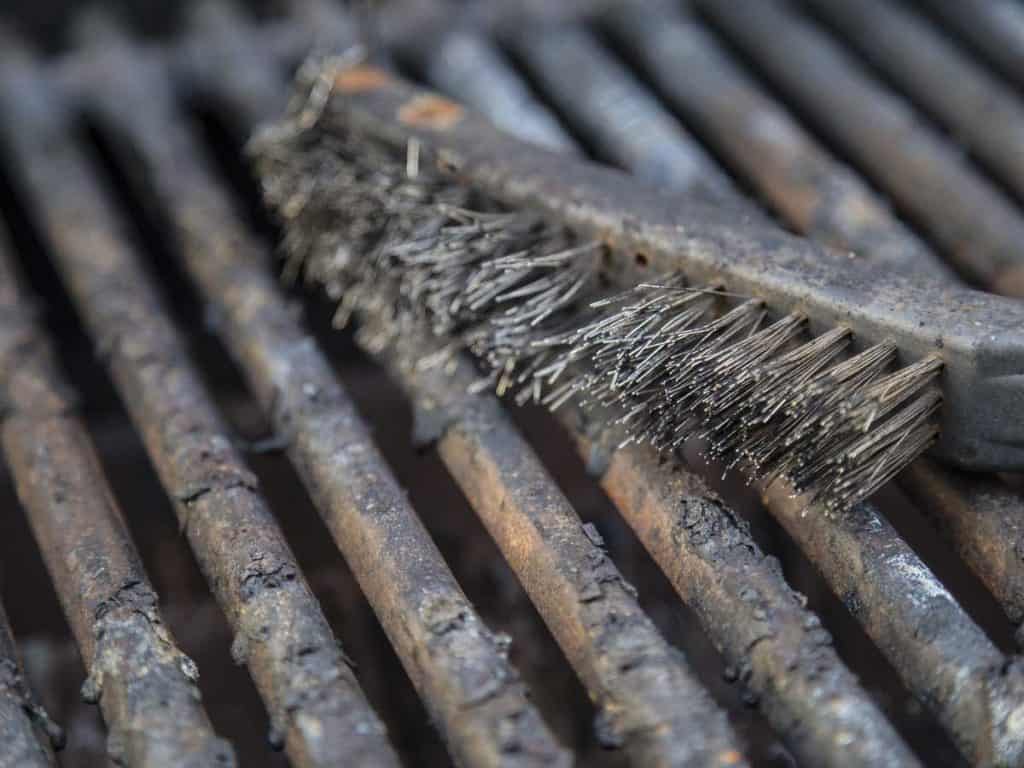
A Dirty Grill
Barbecuing is fun, but all that fun can cause a mess on your grill, and when your grill is messy, then the fun stops. A dirty grill may fail to function properly. The usual culprit is ash.
The ashes from the previous grilling can accumulate. These ashes can impede the airflow in your grill. As a consequence, not enough oxygen is present in your grill, and a hot fire needs a generous amount of oxygen.
The ashes can also adsorb moisture, which can keep your charcoal from burning hotter. The moisture can also start metal corrosion.
You may also notice that the inside of your lid is peeling or flaking off. Don’t worry too much because those flakes aren’t paint. Those are hardened moisture and grease called carbonized grease.
Moisture and grease from your food can deposit on the inside of the lid. The heat of the grill can cause these deposits to harden. Eventually, they will start peeling or flaking off.
When they do, they are thin like paper and black. They are also glossy on one side and matte on the other.
Unlike paint, carbonized grease isn’t toxic. So if some were to fall on your food, you don’t have to worry about food poisoning.
However, you may have to worry about taste. Carbonized grease is made of fats, and fats can go rancid. So carbonized grease can ruin the flavor of your food if it falls onto your food.
Thus, besides performance, another reason to keep your grill clean is to keep your food tasty.
Right After Grilling
After grilling, you end up with ashes on your grill. Needless to say, you have to wait for everything to cool down before you start cleaning. Once cooled, you can simply collect the ashes into a non-combustible container. A coffee can works well. You can also simply wrap the ashes in aluminum foil.
You can use a scoop or even a spoon to get as much ash as you can. You may want to wear a mask to keep yourself from inhaling the ashes. A pair of goggles can also protect your eyes.
Once you’ve removed as much of the ash as you can, then you begin thorough cleaning. Use a stainless steel grill brush to scrape away particles and debris.
Once those are gone, clean the surface using warm soapy water and a non-abrasive sponge. Rinse off the soap and thoroughly dry using a towel or cloth.
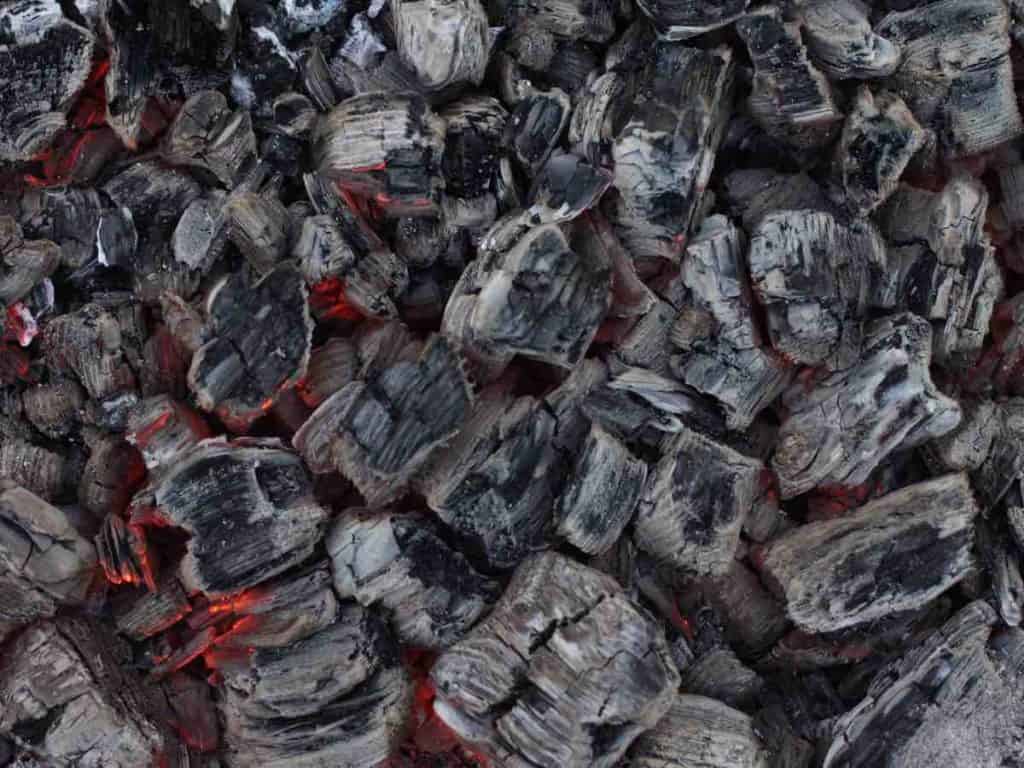
What To Do With The Ashes
Putting the ashes in a non-combustible container is important to prevent unintentional fires. Once they are in a proper container, then you can dispose of them with the rest of your trash.
You can also choose to reuse your ashes. If you use additive-free, wood charcoal, then you can use the remains and ashes as fertilizer. Charcoal ash has potash which is an important source of nutrients for plants. Charcoal ash also raises the pH levels of the soil.
If you have a pest problem at home or in your garden, you can use the ashes for a DIY anti-pest spray. Mix the ashes with lime and water and put the solution into a spray bottle.
Finally, if your ashes still have large chunks of charcoal, then you can reuse those pieces. Those chunks can serve as the base for your next fire.
Cleaning The Rest Of Your Grill
Since we’re on the topic of cleaning ashes off your grill, we might as well talk about cleaning the rest of the grill. It’s a good habit to regularly clean your grill for food safety and grill maintenance.
You can clean the outside surfaces using warm soapy water and a non-abrasive sponge. Rinse off the soap and towel dry. If you have a grill cleaning spray, you can use that instead of soapy water.
You might see carbonized grease on the inside of your grill lid. If so, you can remove those using a stiff wire brush. Once you remove everything, you can clean using the soapy water or cleaning spray.
You can also prevent excessive buildup of moisture and grease on the inside of the lid. After you grill, let the lid cool down until it’s just warm enough to touch. Then use a damp rag to wipe the surface.
You can begin cleaning the grates by removing the charring and residues. You can do so using a stiff wire brush. If you don’t have a brush, there’s a simple hack to this. Roll enough aluminum foil to get a sturdy small ball.
The size should be about half or a quarter of the size of your fist (depending on how big your hand is). Use this ball of aluminum foil to scrub the grates. You can hold the ball using a long pair of tongs. Other things you can use are a nylon scouring pad and a grill stone.
Once all those solids are removed, you can clean the grates using warm soapy water or grill spray. The grates are the parts of the grill that have direct contact with the food.
Thus, you may be hesitant about using cleaning chemicals. The soapy water should be fine since you probably use the same in cleaning your dishes. But, alternatively, you can also use vinegar.
Once the grates are clean, dry them with a towel. After you wiped off all the water, apply a coating of vegetable oil using folded paper towels or a rag. This coating of oil can help prevent corrosion by keeping moisture away. It will also help prevent food from sticking on the grates the next time you grill.

Problems With Charcoal
The charcoal is your fuel, so how hot your grill gets depends on the quality of your charcoal. Charcoal is made by burning wood slowly with minimal oxygen. The process removes all the water and other volatile compounds. What’s left is a high quantity of carbon. The higher the carbon content, the better the charcoal quality.
Charcoal of high quality also has the structure of the wood well preserved. The entire surface is covered with cracks. Poor quality charcoal would have less or none of these traits.
Poor Charcoal
The poor quality of the charcoal can be observed by how it burns. Poor charcoal burns up quickly. Thus, you may start running low on charcoal before you reach grilling temperatures. A fix to this is to add more charcoal when too much is already burning off. You also add more charcoal if the fire it produces isn’t hot enough.
Not Enough Charcoal
Adding more charcoal is also the solution if you have good quality charcoal, but not enough of it. A rule of thumb to know if you’ve used enough charcoal, is to check if you can see the bottom.
If you can’t see anything beyond the charcoal, then you’ve put enough. If you can, then it’s a sign to add more. However, keep in mind that different foods and meals need different amounts of charcoal and heat.
One layer of charcoal is normally okay for quick-cooking foods. Examples of these foods are hot dogs, thin burgers, fruits, and vegetables. Two layers work for steak, thick burgers, and ribs.
You only need more than two layers of charcoal if you’re cooking big foods in big numbers. An example would be several thick meats at the same time, like in a big cookout.
Old Charcoal
You read earlier that you can reuse charcoal if there are still large chunks from the last time you grilled. You can still get a few more uses from used high-quality charcoal, but it can only be reused for too much.
Eventually, they won’t burn as hot as you would want. When you notice that your reused charcoal can’t do the job anymore, then simply replace it with fresh ones.
Before you start your grill, a way to check if your charcoal is too old is to see if it’s white, flakey, or brittle. If you used charcoal has any of those traits, then it’s best to use new ones.
Wet Charcoal
This is a bit of a no-brainer. If the charcoal got wet from rain, then it won’t burn hot enough for grilling. Plus, the charcoal doesn’t have to be drenched for it to not burn hot enough. If the air humidity is high enough, it can also cause low heat on your grill.
If your charcoal got wet, then you have to replace it. To keep your charcoal from getting wet, you can do the following.
- Keep your charcoals sealed when not in use. Many charcoal bags have a seal around the outer edge.
- Store the charcoal in a dry place at constant room temperature. High humidity and fluctuating temperatures can lower the quality of charcoal.
- Cover the grill if you leave it with leftover charcoal
Broken Thermostat
The thermostat on your charcoal grill should help regulate the temperature so you don’t burn your food. If the thermostat is broken, it can set the temperature higher than it should.
Likewise, it can set the temperature lower than it should be. You can check if your thermostat is broken by comparing its reading with that of a thermometer.
Closed, Clogged, or Damaged Vents
The grill vents are how your grill gets oxygen. Fire needs oxygen to burn. Hence, if the vents are damaged, clogged, or closed, then there won’t be enough oxygen for the fire to burn.
The ultimate consequence is the grill not getting hot enough. If the vents are clogged, then you can fix them by cleaning or removing whatever is clogging them.
If the vents are closed, then simply open them. You can use a stiff grill brush inside of the vent to loosen the debris. Spray a rust inhibitor on the hinges, but ensure you clean off any chemicals you use when you’re done.
However, if the vents are damaged, then you might need to replace them. You may need to contact the grill’s manufacturer about getting new vents.
Grilling Thick Meats With An Open Lid

Whether to grill with the lid open or closed depends on what you’re grilling. With thick foods, like meats that are at least 3/4 inches thick, it is better to keep the lid closed.
The reason whether to keep the lid open or closed depends on what you’re grilling is how the heat circulates. When the lid is closed, convection is favored. Hot air from the charcoal is trapped, so it has no choice but to circulate within the chamber.
Since the heat is trapped, it has more opportunity to penetrate the interior of the food. This situation is favorable for thick foods because it allows the heat to cook the interior.
A problem with grilling thick foods, is the exterior is cooked and seared too quickly. Unfortunately, the interior can still be raw. So keeping the lid closed can give you a beautiful seared exterior and cooked interior.
With thin foods, keeping the lid closed can cook the interior too soon. The exterior may not get any searing, browning, or caramelization. If you keep the food on the grill for too long, the interior might overcook.
Keeping the lid open allows the heat to escape. So the movement of the heat is mostly from the bottom (the charcoal) going upwards. Whereas with the lid closed, the heat circulates within the chamber.
Grilling With Both The Lid Open and Closed
You don’t have to strictly grill with either the lid open or closed. You can do combinations of both. Grilling with the lid open and then closed or vice versa works great if you have a two-zone grilling setup.
Two-zone grilling is when you have two zones of heat on your grill.
One zone is directly over the heat source, so it will be hot with direct heat.
The other zone is not directly over the heat source, so it gets indirect heat. This indirect heat zone is not as hot as the direct heat zone, but it is still hot enough to cook the food, but just slowly.
You sear the food in the direct heat zone with the lid open. Then you move the food to the indirect heat zone and close the lid. You can also do the reverse, which some grill lovers may call reverse sear.
See if any of the reasons you read here is the culprit if your charcoal grill isn’t getting hot enough.
